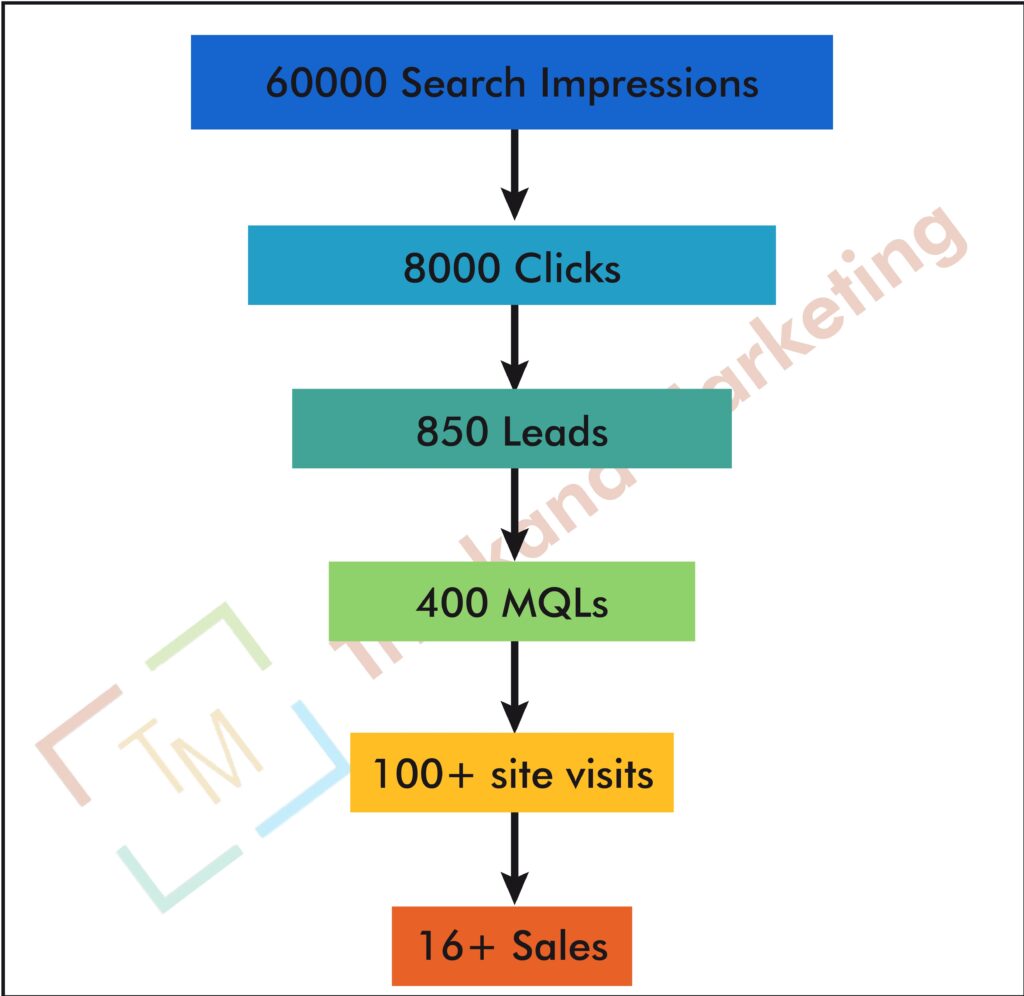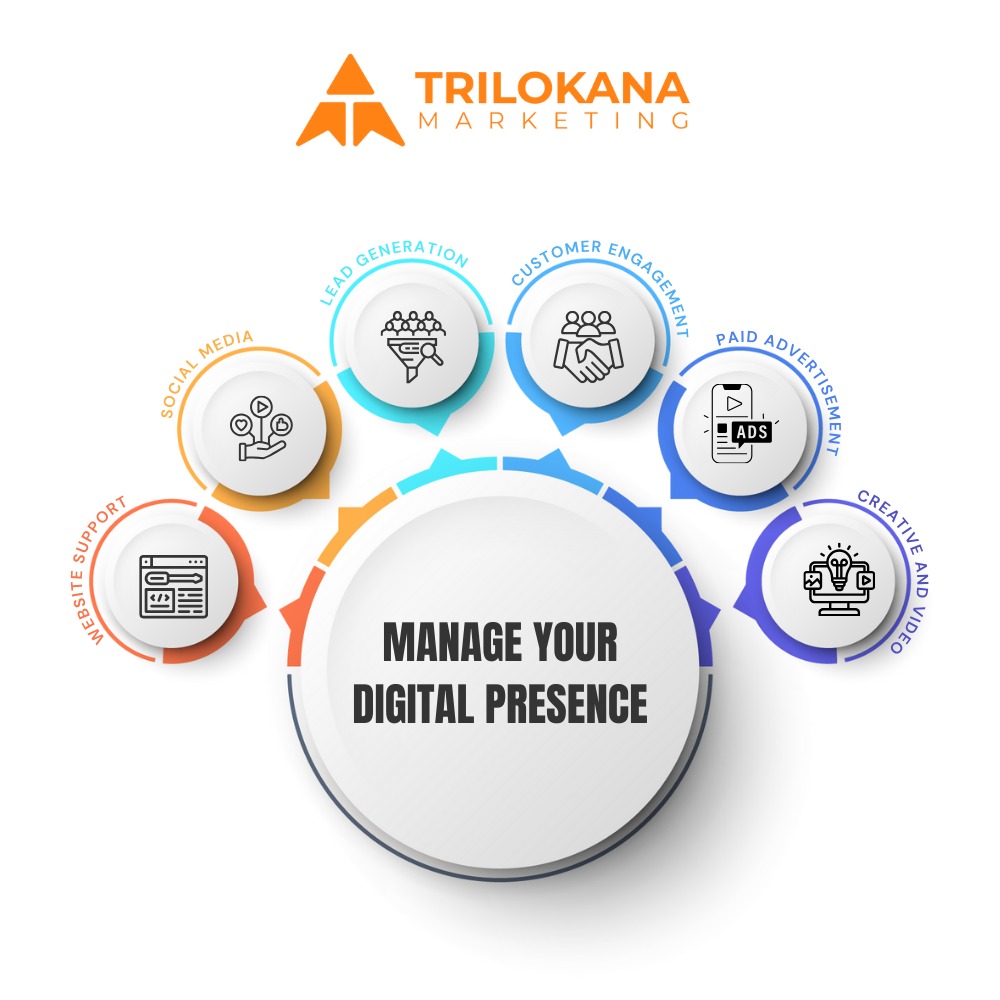Choosing Your E-Commerce Platform: WooCommerce vs. Shopify – A Comprehensive Guide
In the world of e-commerce, selecting the right platform is critical to your online store’s success. Two of the most popular options are WooCommerce and Shopify. Both platforms offer robust features to build and manage online stores, but they cater to different needs and preferences. This comprehensive guide will help you understand the key differences between WooCommerce and Shopify, so you can make an informed decision for your business.
At Trilokana Marketing, we specialize in helping businesses navigate the complexities of e-commerce platform selection. Whether you’re a small business owner or a large enterprise, understanding the strengths and weaknesses of WooCommerce and Shopify is essential for making the right choice. Let’s dive into the comparison of these two leading e-commerce platforms.
-
Overview of WooCommerce and Shopify
“Platform Profiles: An Introduction to WooCommerce and Shopify”
1.1 What is WooCommerce?
WooCommerce is an open-source e-commerce plugin for WordPress, designed to turn a standard WordPress website into a fully functional online store. Launched in 2011, it has become one of the most popular e-commerce solutions due to its flexibility and extensive customization options.
- Integration with WordPress: WooCommerce seamlessly integrates with WordPress, leveraging its powerful content management features.
- Customization: It offers extensive customization through themes, plugins, and custom code, allowing businesses to tailor their stores to specific needs.
- Cost: WooCommerce itself is free, but additional costs may include hosting, themes, plugins, and development services.
1.2 What is Shopify?
Shopify is a hosted e-commerce platform that provides a comprehensive solution for building and managing online stores. Founded in 2006, Shopify has grown into one of the leading e-commerce platforms due to its ease of use and all-in-one approach.
- Hosted Solution: Shopify is a fully hosted platform, meaning that it takes care of hosting, security, and software updates.
- Ease of Use: It offers a user-friendly interface with a wide range of pre-designed themes and built-in features.
- Cost: Shopify has various pricing plans, which include hosting, SSL certificates, and support, but may also require additional costs for apps and premium themes.
-
Ease of Use and Setup
“Getting Started: Comparing Ease of Use and Setup Between WooCommerce and Shopify”
2.1 WooCommerce: Flexibility with a Learning Curve
WooCommerce offers significant flexibility but may require more technical knowledge compared to Shopify.
- Installation: WooCommerce is installed as a plugin on a WordPress site. Users need to have a WordPress site set up before installing WooCommerce, which can be a barrier for beginners.
- Setup: While the initial setup is straightforward, configuring products, payment gateways, and shipping options can be more complex and may require additional plugins.
- Learning Curve: Users familiar with WordPress will find WooCommerce easier to navigate, but those new to WordPress might face a steeper learning curve.
2.2 Shopify: User-Friendly and Streamlined
Shopify is designed for ease of use, with a streamlined setup process that is accessible to users with varying levels of technical expertise.
- Setup: Shopify provides a simple, step-by-step setup process. Users can create an account, choose a theme, and start adding products with minimal effort.
- Dashboard: The Shopify dashboard is intuitive and user-friendly, offering easy access to all essential features and settings.
- Learning Curve: Shopify’s all-in-one approach and extensive documentation make it easy for users to get started quickly, even without prior e-commerce experience.
-
Design and Customization
“Design Flexibility: Comparing Customization Options in WooCommerce and Shopify”
3.1 WooCommerce: Highly Customizable
WooCommerce offers a high level of customization, allowing users to create a unique and tailored online store.
- Themes: Users can choose from thousands of WordPress themes, many of which are compatible with WooCommerce. Customization is possible through theme settings, CSS, and custom code.
- Plugins: The WooCommerce ecosystem includes numerous plugins that extend functionality, from SEO tools to advanced shipping options.
- Custom Development: For those with coding skills, WooCommerce allows for extensive custom development, including custom themes and plugins.
3.2 Shopify: Design Simplicity
Shopify provides a range of pre-designed themes and customization options, focusing on ease of use and consistency.
- Themes: Shopify offers a selection of free and premium themes that are mobile-responsive and designed specifically for e-commerce.
- Customization: Users can customize themes through the Shopify theme editor, which allows for changes to colors, fonts, and layout without needing to code.
- Apps: Shopify’s App Store includes a variety of apps that can enhance functionality and integrate with other services, though some advanced customizations may require third-party development.
-
Features and Functionality
“Feature Comparison: Key Functionalities of WooCommerce and Shopify”
4.1 WooCommerce: Extensive Features with Flexibility
WooCommerce provides a wide range of features that can be extended through plugins and custom development.
- Product Management: WooCommerce supports various product types, including physical, digital, and variable products. Users can manage inventory, set prices, and offer discounts.
- Payment Gateways: WooCommerce integrates with numerous payment gateways, including PayPal, Stripe, and Authorize.net. Additional gateways can be added through plugins.
- Shipping Options: The platform offers flexible shipping options, including flat rate, free shipping, and real-time carrier rates. Advanced shipping options are available through plugins.
- SEO Tools: WooCommerce benefits from WordPress’s SEO capabilities, with plugins like Yoast SEO providing additional optimization tools.
4.2 Shopify: Comprehensive Built-In Features
Shopify offers a robust set of built-in features that cover most e-commerce needs without requiring additional plugins.
- Product Management: Shopify supports various product types, including physical, digital, and service-based products. It includes features for managing inventory, pricing, and product variations.
- Payment Gateways: Shopify integrates with several payment gateways and offers its own payment processor, Shopify Payments, which simplifies transactions and reduces fees.
- Shipping Options: Shopify provides built-in shipping options, including real-time carrier rates, discounted shipping labels, and integration with major carriers.
- SEO Tools: Shopify includes basic SEO features, such as customizable meta tags and URL handling, and offers apps for advanced SEO needs.
-
Cost and Budget Considerations
“Cost Breakdown: Comparing Expenses for WooCommerce and Shopify”
5.1 WooCommerce: Flexible but Variable Costs
WooCommerce’s cost structure is flexible but can vary based on your choices and needs.
- Software Cost: WooCommerce itself is free, but users will need to pay for web hosting, domain registration, and SSL certificates. Costs for hosting can range from $5 to $50 per month, depending on the provider and plan.
- Themes and Plugins: While many themes and plugins are free, premium options can add to the cost. Premium themes typically range from $30 to $100, and plugins may have one-time or recurring fees.
- Development Costs: Custom development and design can increase costs, especially if you require specialized features or bespoke design work.
5.2 Shopify: Predictable Pricing with All-Inclusive Plans
Shopify offers a more predictable pricing structure, with various plans that include hosting and other services.
- Subscription Plans: Shopify’s pricing plans range from $39 to $399 per month, depending on the features and level of support needed. Each plan includes hosting, SSL certificates, and software updates.
- Transaction Fees: Shopify charges transaction fees for payments processed through external gateways. Shopify Payments eliminates these fees but may have its own transaction costs.
- Apps and Themes: Additional costs may arise from purchasing premium themes or apps from the Shopify App Store, which can range starting from $320 .
-
Performance and Scalability
“Performance and Growth: Assessing Scalability and Efficiency in WooCommerce vs. Shopify”
6.1 WooCommerce: Scalable with Considerations
WooCommerce can be scaled to accommodate growing businesses, but it requires careful management to ensure performance.
- Performance: The performance of a WooCommerce store depends on factors like hosting, website optimization, and plugin usage. High-traffic sites may need advanced caching and optimization strategies.
- Scalability: WooCommerce can handle large stores with extensive product catalogs, but scaling may require additional server resources and optimization. Businesses should choose reliable hosting and consider a content delivery network (CDN) for better performance.
6.2 Shopify: Built for Scalability
Shopify is designed to scale with your business, offering a stable and high-performance environment.
- Performance: Shopify’s hosted solution ensures consistent performance and reliability. The platform handles server management and performance optimization, allowing users to focus on their business.
- Scalability: Shopify’s infrastructure supports large-scale operations, including high traffic and extensive product catalogs. The platform can scale seamlessly as your business grows, with various plans to accommodate different needs.
-
Support and Community
“Support and Community: Comparing Help Resources for WooCommerce and Shopify”
7.1 WooCommerce: Community-Driven Support
WooCommerce benefits from the extensive WordPress community and a range of support options.
- Community Resources: The WooCommerce and WordPress communities offer forums, blogs, and tutorials to assist users. Many issues can be resolved through community-driven resources.
- Professional Support: Users can access professional support through WooCommerce’s paid services, third-party developers, and agencies specializing in WooCommerce.
- Documentation: WooCommerce provides comprehensive documentation to help users with setup, customization, and troubleshooting.
7.2 Shopify: Dedicated Support
Shopify offers dedicated support and resources, providing a more structured support system compared to WooCommerce.
- Customer Support: Shopify provides 24/7 customer support through live chat, email, and phone. Users can access prompt assistance for technical issues and general inquiries.
- Community Resources: Shopify has an active community with forums, guides, and tutorials. Additionally, the Shopify Help Center offers extensive resources and support documentation.
- Expert Services: Shopify’s Experts Marketplace connects users with certified professionals for custom development, design, and marketing services.
-
Security and Compliance
“Ensuring Safety: Security and Compliance in WooCommerce vs. Shopify”
8.1 WooCommerce: Security with Responsibility
WooCommerce’s security is dependent on the user’s ability to manage updates and configurations.
- Updates: Regular updates to WordPress, WooCommerce, themes, and plugins are essential for maintaining security. Users must stay vigilant to protect against vulnerabilities.
- SSL Certificates: SSL certificates are required for secure transactions, and users must obtain and configure them through their hosting provider.
- Compliance: Users are responsible for ensuring their WooCommerce store complies with regulations like GDPR, PCI-DSS, and CCPA. Compliance may require additional plugins or custom development.
8.2 Shopify: Built-In Security and Compliance
Shopify offers a high level of built-in security and compliance features, reducing the burden on users.
- Security Features: Shopify provides SSL certificates, regular security updates, and monitoring to protect user data and transactions. The platform is PCI-DSS compliant, ensuring secure payment processing.
- Compliance: Shopify’s infrastructure is designed to comply with various regulations, including GDPR and CCPA. The platform provides tools and features to help users meet compliance requirements.
“Making the Choice: WooCommerce vs. Shopify – Which Platform is Right for Your E-Commerce Business?”
Choosing between WooCommerce and Shopify depends on your specific needs, technical expertise, and business goals.
- WooCommerce is ideal for users who already have a WordPress site or prefer a highly customizable and flexible platform. It is well-suited for those who are comfortable managing hosting and security and want extensive customization options.
- Shopify is a great choice for users seeking a user-friendly, all-in-one e-commerce solution with built-in hosting and support. It offers a streamlined setup process and robust performance, making it ideal for those who want a hassle-free experience with reliable scalability.
At Trilokana Marketing, we are dedicated to helping you choose the right e-commerce platform for your business. Whether you opt for WooCommerce for its flexibility and integration with WordPress or Shopify for its ease of use and all-in-one features, our team is here to support you in achieving your online business goals.



